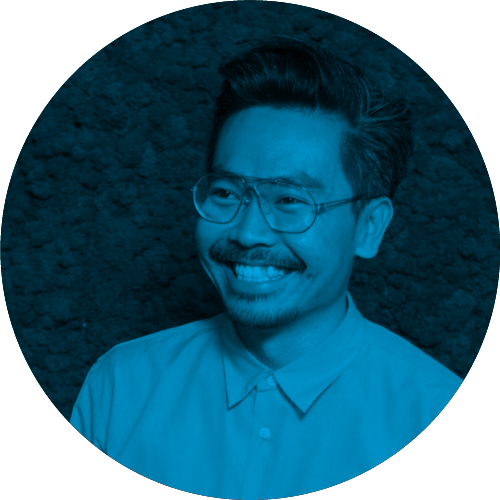
Ren Yee
UNStudio, the Netherlands
Ren Yee is an architect and heads the Futures department for innovation, strategy, and forecasting at UNStudio in Amsterdam. The Futures team studies how we live, work, learn, and move today and in the future, and what role these changes play in the urban environment. The lifespan of buildings, public spaces, and infrastructure is between 30 and 100 years, so architects have always planned with the future in mind. The aim of the UNStudio Futures programme is to encourage close collaboration with academics, technology and built environment developers in the public and private sectors to speculate, predict and imagine scenarios in architecture and urban planning in which new technologies are used to solve old problems.
UNStudio has long advocated the importance of human knowledge and computer technologies for solving complex design issues of all sizes. Local plans are outdated by the time the ink with which they are printed dries. Public policy is also a means of design; by using real-time data generated by citizens, we can influence the planning and organization of neighborhoods at the infrastructural and social levels. The use of communication technologies for urban mobility allows for more creative thinking about density, land use, and space. What might the suburbs of the future look like when roads are occupied by autonomous vehicles? What new urban functions can we imagine there?
Cities across the developed world have been hit by a crisis, making the issue of affordable housing more pressing than ever. But today’s platform technology offers opportunities to transform the process of building and maintaining housing. What does a neighborhood look like when every home, space, building element, and piece of furniture has its own URL? We can move from static addresses to blockchain identification codes that enable a precise understanding of ownership in the city: the sharing economy 2.0.
Similarly, the threat of automation and artificial intelligence encourages us to think about our human qualities in order to secure our jobs in the future. What could an office or campus based on lifelong learning look like? An aging population requires new models for living. While co-living has been understood as the solution for the millennial generation, it could equally alleviate the problems of loneliness and isolation among the older population. How can architecture support new ways of mutual support?

